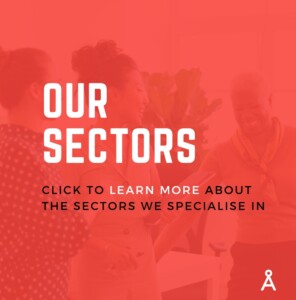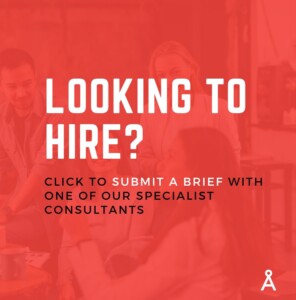Manchester United’s recent departures show just how much environment and culture impact performance.
Players like Marcus Rashford and Scott McTominay have found new life at clubs that see them differently. Rashford, who struggled for form at United, is thriving at Aston Villa, while McTominay, once pigeonholed as a no-nonsense holding midfielder, has flourished at Napoli, playing a more expansive role and elevating the team’s performance.
The same principles apply to hiring in business, culture isn’t just about the skills on paper; it’s about creating an environment where people can perform at their best. If you get it wrong, you risk losing top talent. If you get it right, you unlock their full potential.
Culture Fit vs. Culture Add
A major misconception is that culture fit means hiring people who are the same. In reality, strong cultures embrace diversity. The best teams align on values but benefit from different perspectives that drive innovation.
Look at McTominay’s move to Napoli. At United, he was boxed in as a defensive midfielder. At Napoli, with a new system and fresh ideas, he’s thriving. His ability didn’t change, his environment allowed him to contribute differently. Businesses that focus on genuine culture fit, rather than hiring clones, unlock their teams full potential.
Employer Brand – Recruitment Shapes Perception
Your hiring process is a direct reflection of your company. If it’s slow, disorganised and overly complex, it sends a message that your company operates the same way. Long interview processes, delayed feedback, and poor communication deter top talent. Just like a player left on the bench , candidates will lose interest if they’re left waiting with no clarity on their future.
To ensure a successful hiring process:
- Define and integrate core values into job descriptions.
- Assess candidates for cultural alignment, not just skills.
- Have a well-thought out & structure interview process from the start
And most importantly, have a thorough briefing call with your recruiter.
Briefing Calls – Setting Candidates Up for Success
A well-structured briefing call between hiring managers and recruiters is crucial. It should outline:
– What successful hires have looked like in the past
– The current team culture
– What they are looking to add to the culture
– What qualities will help someone excel.
Without this, recruiters are forced to focus solely on experience rather than potential.
At Man United this has happened countless times; Rashford, Mctominay, Antony, Wan-Bissaka, there was no clear plan for any of these players – where they fit, how they could contribute, or how to maximise their strengths.
They have all gone on to excel at the clubs they have moved too, they have had a strategy, an understanding of their abilities, and a team structure that allowed them to succeed. This is exactly what a thorough briefing call should achieve in hiring.
Final Thoughts
Man United’s transfer exits prove that culture is everything. When people are in the right environment, they thrive. Businesses that prioritise culture-first hiring build teams that perform, retain talent, and create workplaces where people want to be. Get the culture right, and success follows.























Recent Comments